10 Best Herbal Tinctures For Back Pain
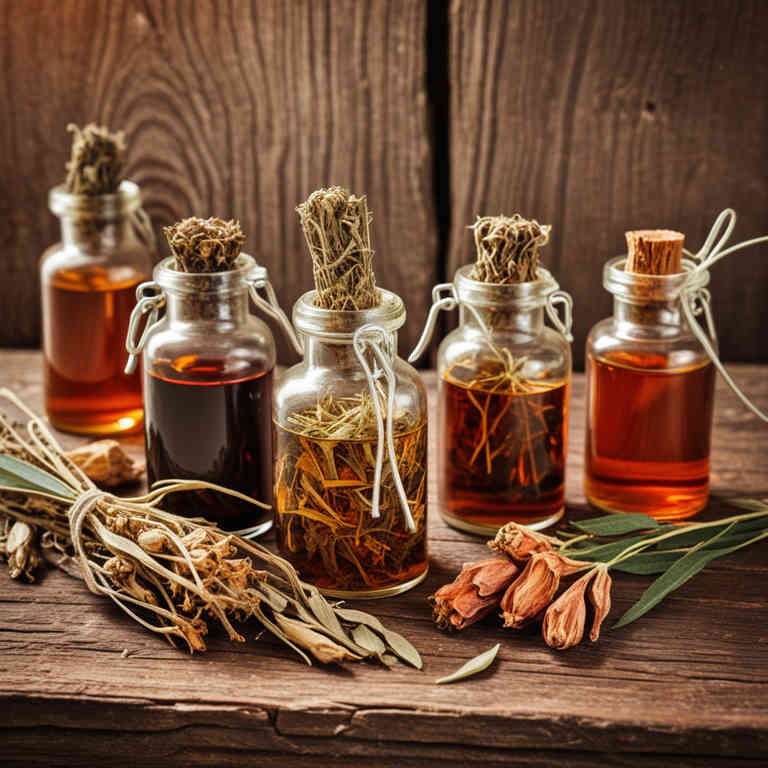
Herbal tinctures have gained popularity as a natural alternative for managing back pain, often containing extracts from plants known for their anti-inflammatory and pain-relieving properties.
Common ingredients include turmeric, ginger, willow bark, and echinacea, which are believed to help reduce inflammation and ease muscle tension. These tinctures are typically prepared by steeping herbs in alcohol or vinegar, allowing the active compounds to be extracted for easier absorption by the body. While they may offer relief for mild to moderate back pain, it is important to consult with a healthcare professional before use, especially if you are taking other medications or have underlying health conditions.
Overall, herbal tinctures can be a complementary therapy when used as part of a holistic approach to back pain management.
FREE COURSE
How to make medicinal herbal tinctures for common ailments at home and in a weekend (using the Healing Drops System).

Table of Contents
1. Arnica montana
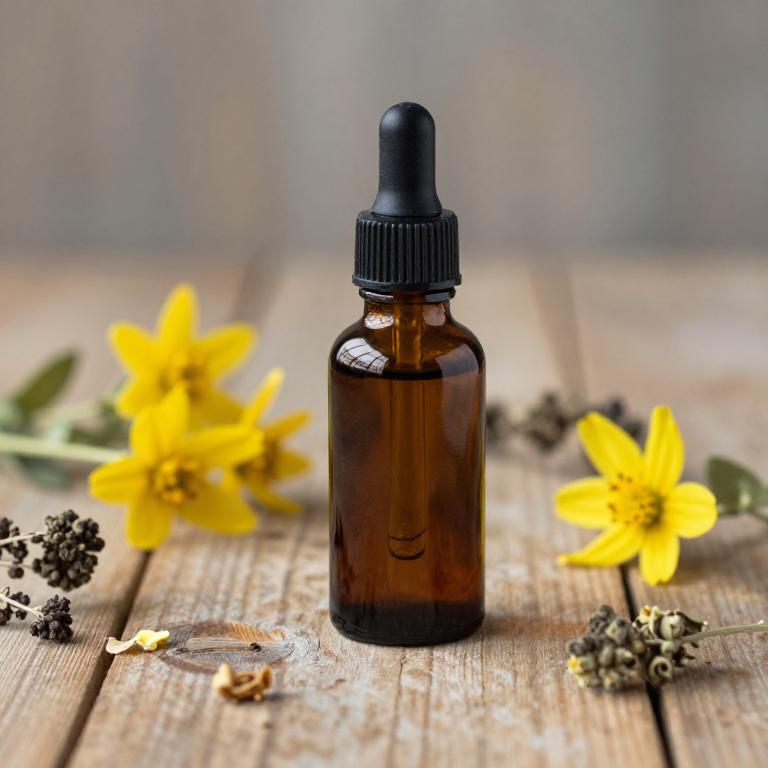
Arnica montana herbal tinctures are commonly used to alleviate back pain due to their anti-inflammatory and analgesic properties.
These tinctures are typically made by soaking the dried roots and rhizomes of the plant in alcohol, creating a potent topical remedy. When applied to the skin, arnica tinctures can help reduce muscle soreness, swelling, and bruising associated with back pain. However, it is important to note that arnica should not be ingested and should be avoided on open wounds or broken skin.
While some people find relief from using arnica montana tinctures, it is advisable to consult a healthcare professional before use, especially for chronic or severe back pain.
2. Hypericum perforatum
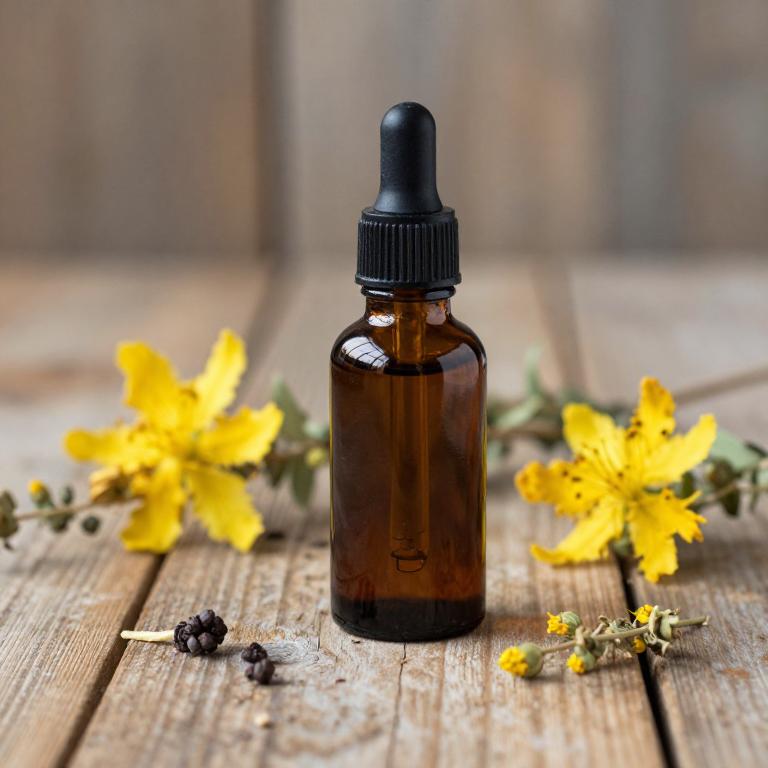
Hypericum perforatum, commonly known as St. John's Wort, is a herbal plant that has been traditionally used for its potential therapeutic effects, including relief from back pain.
When prepared as a tincture, it is often taken orally, though some people may apply it topically for localized pain relief. The active compounds in hypericum perforatum, such as hypericin and hyperforin, are believed to have anti-inflammatory and analgesic properties that may help reduce pain and inflammation in the back. However, it is important to note that while some studies suggest its efficacy, more rigorous clinical trials are needed to confirm its effectiveness for back pain.
As with any herbal remedy, it should be used under the guidance of a healthcare professional, especially since it can interact with certain medications.
3. Equisetum arvense
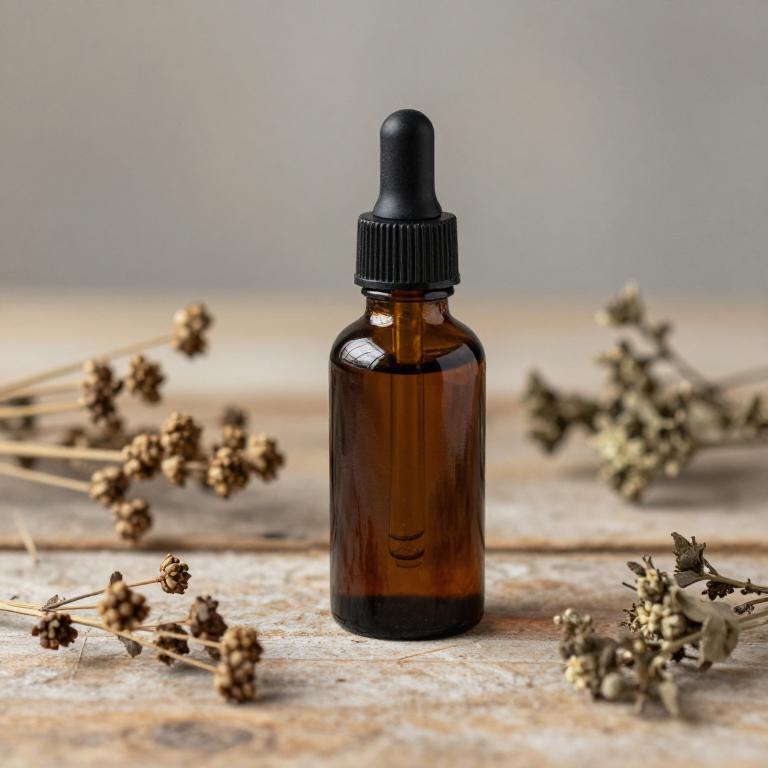
Equisetum arvense, commonly known as field horsetail, has been traditionally used in herbal medicine for its potential anti-inflammatory and pain-relieving properties.
Herbal tinctures made from Equisetum arvense are often prepared by soaking the dried plant material in alcohol to extract its active compounds, including silica and various flavonoids. These tinctures are believed to support joint health and may help alleviate symptoms of back pain by reducing inflammation and improving circulation. Some practitioners recommend using Equisetum arvense tinctures as a complementary therapy alongside conventional treatments for chronic back pain.
However, it is important to consult with a qualified healthcare provider before using these tinctures, as they may interact with certain medications or have contraindications for specific health conditions.
4. Cnicus benedictus
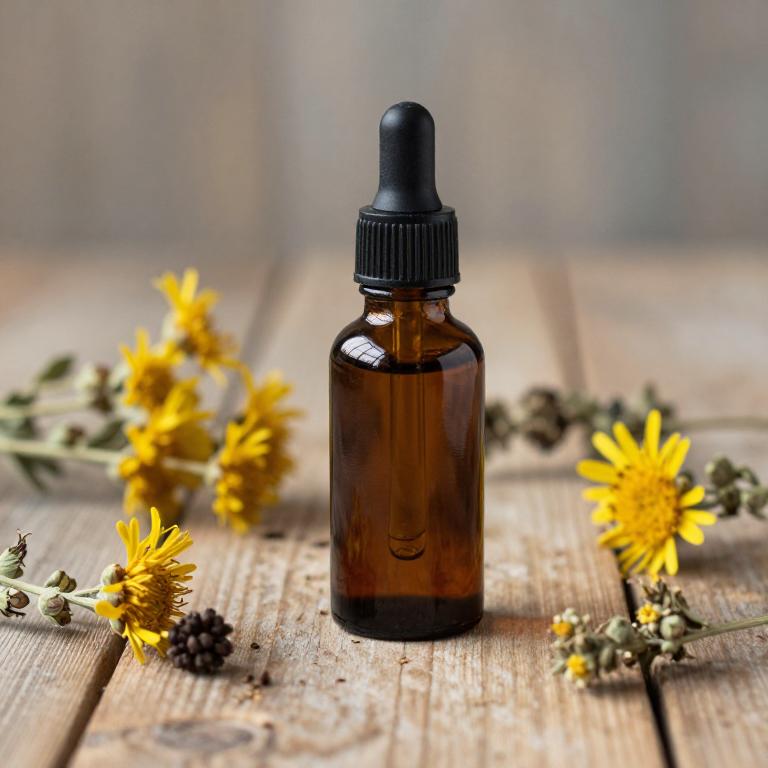
Cnicus benedictus, also known as blessed thistle, is a medicinal herb that has been traditionally used for its potential anti-inflammatory and analgesic properties.
Herbal tinctures made from Cnicus benedictus are often employed to alleviate symptoms of back pain by reducing inflammation and muscle spasms in the affected areas. These tinctures are typically prepared by soaking the dried herb in alcohol to extract its active compounds, which may include flavonoids and essential oils. While some users report relief from chronic back pain using these tinctures, it is important to consult with a healthcare professional before starting any herbal treatment to ensure safety and efficacy.
As with any complementary therapy, results may vary, and Cnicus benedictus should not replace conventional medical treatments without proper guidance.
5. Urtica dioica

Urtica dioica, commonly known as stinging nettle, has been used for centuries in traditional medicine for its potential therapeutic properties.
Herbal tinctures made from Urtica dioica are often prepared using alcohol to extract the plant's active compounds, including flavonoids, vitamins, and minerals. These tinctures are believed to help alleviate back pain by reducing inflammation and improving circulation in the affected areas. Some studies suggest that the anti-inflammatory and analgesic properties of stinging nettle may support musculoskeletal health.
However, it is important to consult with a healthcare professional before using Urtica dioica tinctures, especially for individuals with allergies or those taking other medications.
6. Vitex agnus-castus

Vitex agnus-castus, commonly known as chasteberry, is a herb traditionally used for its potential hormonal balancing properties.
While it is often associated with menstrual health, some studies suggest it may also offer relief for certain types of back pain, particularly those linked to hormonal imbalances or inflammation. Vitex agnus-castus herbal tinctures are typically made by steeping the dried berries in alcohol to extract their active compounds. These tinctures are often taken orally in small doses, and they may help reduce inflammation and muscle tension that contribute to back discomfort.
However, it is important to consult with a healthcare professional before using vitex agnus-castus, especially if you are pregnant, nursing, or taking other medications.
7. Symphytum officinale
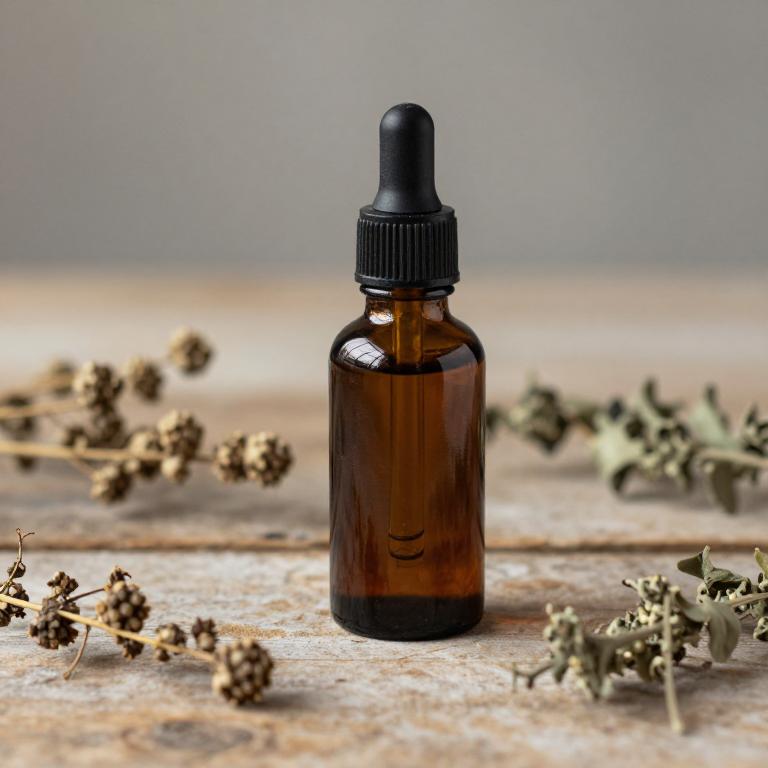
Symphytum officinale, commonly known as boneset, is a traditional herbal remedy that has been used for centuries to address various musculoskeletal issues, including back pain.
Its tincture form is often prepared by soaking the dried roots in alcohol, allowing the active compounds to be extracted for enhanced potency. This herb is believed to possess anti-inflammatory and analgesic properties that may help reduce pain and inflammation in the muscles and joints of the back. Some studies suggest that the mucilage and alkaloids in Symphytum officinale may support tissue repair and promote healing, making it a potential complementary therapy for chronic back pain.
However, it is important to consult a healthcare professional before using Symphytum officinale tinctures, as it can have side effects and may interact with certain medications.
8. Mentha piperita
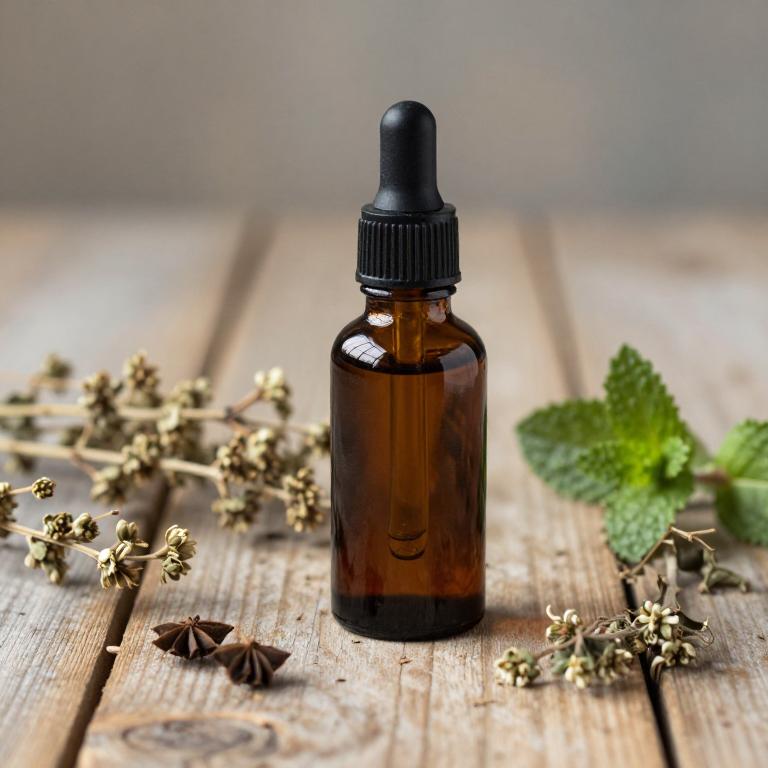
Mentha piperita, commonly known as peppermint, is often used in herbal tinctures to alleviate back pain due to its strong analgesic and anti-inflammatory properties.
The active compounds in peppermint oil, such as menthol, help to relax muscle tension and improve circulation, which can reduce discomfort in the lower back. When taken as a tincture, peppermint can provide a soothing effect that may ease chronic or acute back pain. It is typically diluted with alcohol or another carrier to make it safe for internal use, and it is often recommended as a natural alternative to over-the-counter pain relievers.
However, individuals with certain medical conditions or allergies should consult a healthcare professional before using peppermint tinctures.
9. Lavandula angustifolia
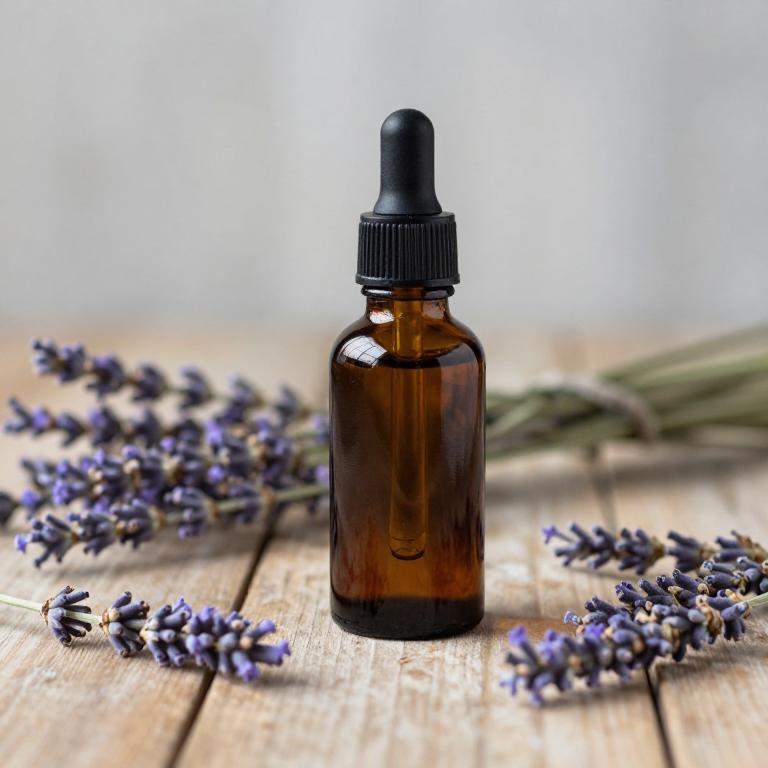
Lavandula angustifolia, commonly known as English lavender, is widely used in herbal tinctures for its calming and anti-inflammatory properties.
These tinctures are often formulated with alcohol to extract the essential oils, which contain compounds like linalool and lavandin that may help reduce pain and inflammation. When applied topically, lavender tinctures can provide localized relief for muscle tension and joint pain, making them a popular choice for managing back pain. Some studies suggest that the aromatic compounds in lavender may also have a soothing effect on the nervous system, potentially enhancing overall pain relief.
However, it is important to consult a healthcare professional before using lavender tinctures, especially if you have sensitive skin or are taking other medications.
10. Achillea millefolium
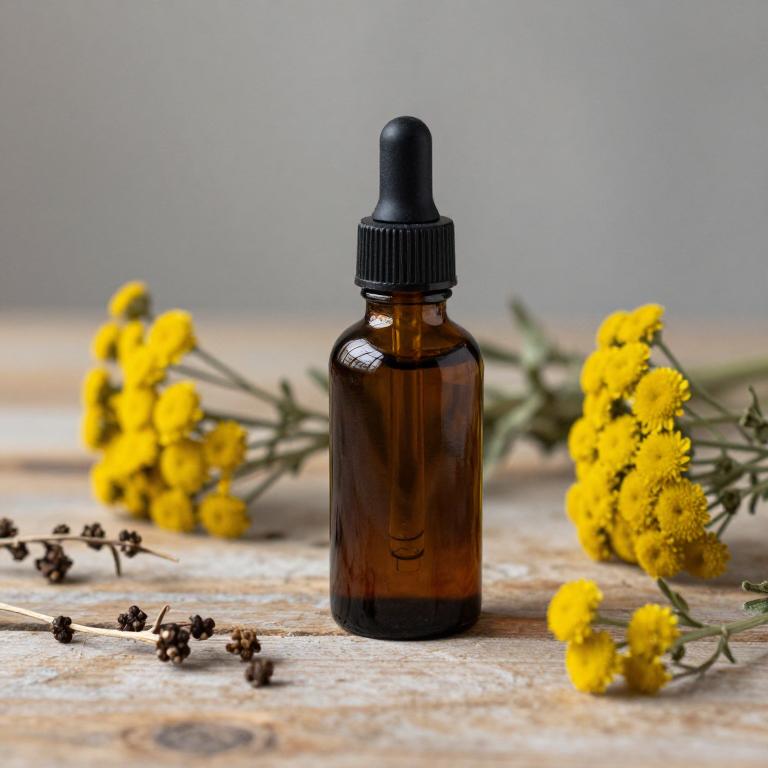
Achillea millefolium, commonly known as yarrow, has been traditionally used in herbal medicine for its anti-inflammatory and analgesic properties.
When prepared as a tincture, it may help alleviate symptoms of back pain by reducing inflammation and promoting healing in the muscles and tissues. The active compounds in yarrow, such as flavonoids and essential oils, are believed to contribute to its pain-relieving effects. However, it is important to consult with a healthcare professional before using yarrow tinctures, especially for chronic or severe back pain.
While some individuals may find relief from yarrow tinctures, their effectiveness can vary, and they should not replace conventional medical treatments without guidance.